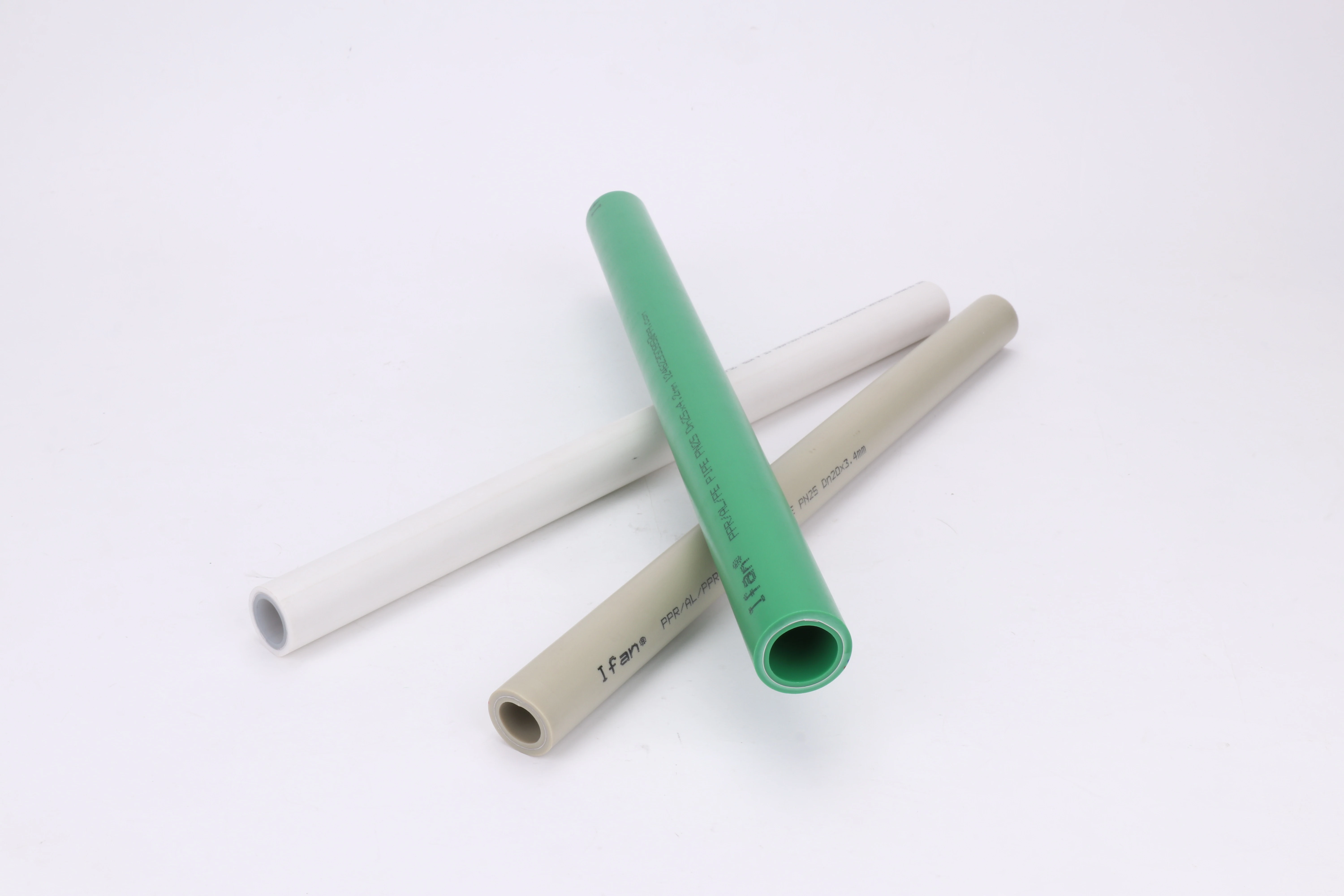Introduction to PE Water Pipe Storage
PE (polyethylene) water pipes are popular in plumbing and irrigation systems due to their durability and flexibility. Proper storage conditions and methods are crucial to maintaining their quality and longevity. This guide provides detailed information on the best practices for storing PE water pipes.
Importance of Proper Storage
Proper storage of PE water pipes prevents damage and degradation. It ensures that the pipes retain their structural integrity and performance capabilities. Incorrect storage can lead to physical damage, UV degradation, and contamination.
Storage Location
Select a storage location that is cool, dry, and well-ventilated. Avoid areas exposed to direct sunlight or extreme temperatures. A shaded, covered area offers the best protection against environmental elements.
Temperature Control
Maintain a stable temperature in the storage area. PE pipes should be stored at temperatures between -10°C and 30°C. Avoid extreme heat or cold, as they can cause the pipes to become brittle or warp.
Protection from UV Light
PE pipes should not be exposed to direct sunlight. UV light can degrade the material, causing it to become brittle and less effective. Store pipes in a covered area or use UV-protective sheeting to shield them from sunlight.
Avoiding Physical Damage
Store PE pipes in a manner that prevents physical damage. Do not stack heavy objects on top of the pipes. Use racks or supports to keep pipes off the ground and prevent bending or crushing.
Cleanliness and Contamination Prevention
Ensure the storage area is clean and free from contaminants. Dirt, chemicals, and debris can damage the pipes or contaminate them. Store pipes in a clean environment and cover them to protect from dust and debris.
Proper Stacking Methods
Stack PE pipes in a way that distributes weight evenly. Use flat, stable surfaces for stacking. Do not stack pipes higher than 1.5 meters to avoid toppling and ensure stability.
Storage Racks and Supports
Use storage racks or supports designed for PE pipes. These structures provide stability and prevent pipes from rolling or bending. Ensure the racks are sturdy and capable of supporting the weight of the pipes.
Indoor vs. Outdoor Storage
Indoor storage offers the best protection for PE pipes. If indoor storage is not possible, ensure outdoor storage areas are covered and shaded. Use tarps or covers to protect pipes from environmental elements.
Handling and Transportation
Handle PE pipes with care during storage and transportation. Use equipment designed for pipe handling, such as pipe tongs or slings. Avoid dragging pipes on rough surfaces, as this can cause abrasions and damage.
Inspection and Maintenance
Regularly inspect stored PE pipes for signs of damage or degradation. Check for cracks, discoloration, or warping. Address any issues promptly to prevent further damage.
Preventing Long-Term Exposure to Elements
Avoid long-term exposure to elements that can degrade PE pipes. This includes sunlight, extreme temperatures, and moisture. Use protective coverings and ensure the storage area is well-maintained.
Labeling and Organization
Label PE pipes clearly to facilitate easy identification and organization. Use tags or markers to indicate pipe sizes, types, and intended use. Organize pipes by size and type to streamline access and reduce handling time.
Moisture and Humidity Control
Control moisture and humidity levels in the storage area. High humidity can cause mold growth and degrade the pipes. Use dehumidifiers or ventilation systems to maintain optimal conditions.
Fire Safety Considerations
Store PE pipes away from potential fire hazards. PE material is flammable, so ensure the storage area is free from sources of ignition. Implement fire safety measures, such as fire extinguishers and smoke detectors.
Preventing Infestation
Prevent infestation by pests or rodents in the storage area. These can damage PE pipes by chewing or nesting. Use pest control measures to keep the storage area pest-free.
Rotation and Stock Management
Implement a rotation system to use older stock first. This ensures that pipes do not remain in storage for extended periods. Regularly update inventory to track stock levels and conditions.
Conclusion
Proper storage of PE water pipes is essential to maintain their quality and functionality. By following these guidelines, you can ensure that the pipes remain in excellent condition, ready for use in plumbing and irrigation systems. Prioritizing appropriate storage conditions and methods will extend the lifespan of PE pipes and enhance their performance.
Connect
IFAN is a Chinese manufacturer of plastic pipes, fittings and valves with 30 years of experience. If you are interested in IFAN copper fittings, copper valves, plastic pipes and fittings, please contact us. IFAN offers you a variety of standard pipes to meet your specific needs. Click below to learn more about IFAN’s wide range of affordable and cost-effective valve products and piping system related products.
We will reply your email or fax within 24 hours.
You can call us at any time if there is any question on our production.
For more information,pls visit our webside https://ifanpro.com/
Pls Mailto: [email protected]
Whatsapp: + 86 19857948982














Recent Comments